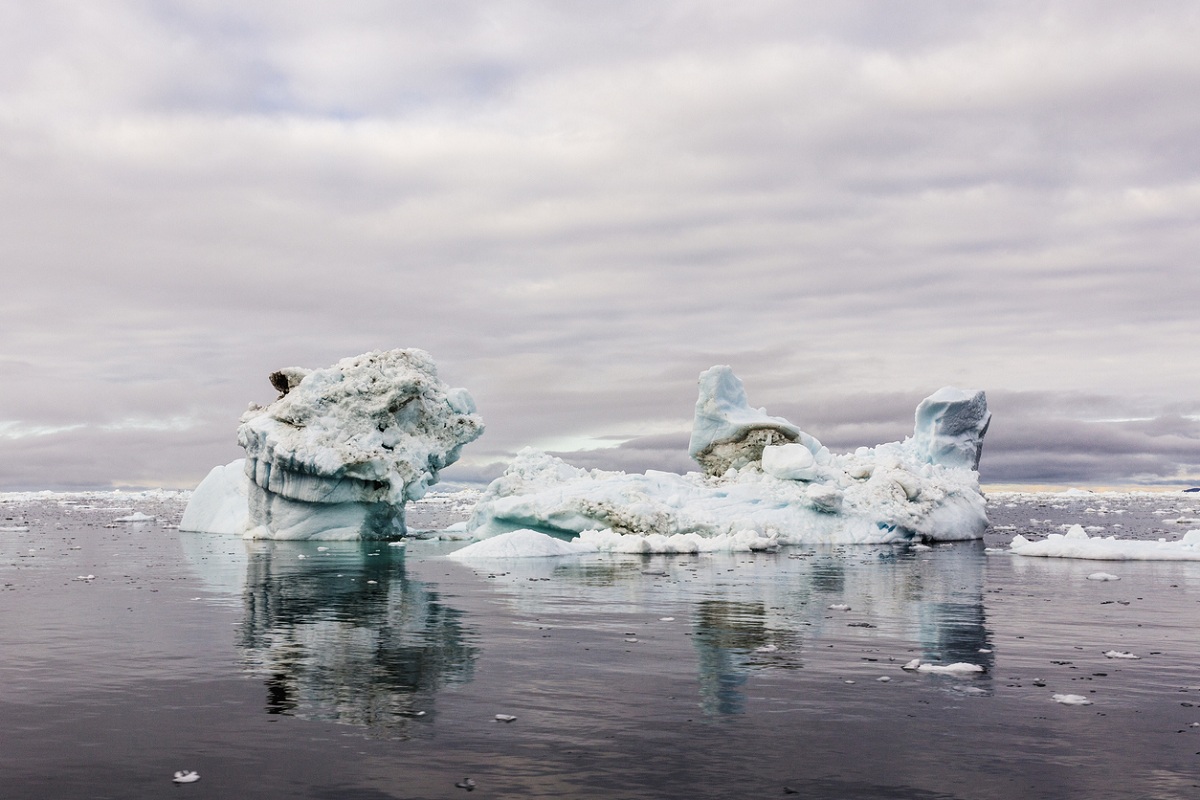Summer Solstice 2019: What happens in India
This year, the summer solstice will occur on 21 June 2019 at 11:54 AM, EDT. It marks the beginning of the astronomical summer in the Northern Hemisphere.
The rapid loss of frozen Arctic soil, known as permafrost, that contains more carbon dioxide than has ever been released by humans, is one of the most alarming causes of global warming that the world will face in coming years.

(Representational Image: iStock)
The rapid loss of frozen Arctic soil, known as permafrost, that contains more carbon dioxide than has ever been released by humans, is one of the most alarming causes of global warming that the world will face in coming years. Some scientific studies indicate that the Arctic is warming twice as fast as other parts of the planet and could lose all its ice by 2030.
While the Arctic may seem remote and thereby be given negligible consideration in its rising environmental concerns, the truth is that the overall rate of global warming – right from changing climates and rising sea levels to disruption of wildlife habitats and coastal villages – is affected by the heating of the Arctic.
Studies from Woods Hole Research Center (“WHRC”) attribute the cause of this environmental disaster to the fate of the permafrost underlying the Arctic. Permafrost, part of the Earth’s bedrock that is most vulnerable to warming, forms in climates where the mean air temperate is lower than the freezing point of water.
Advertisement
Permafrost comprises 25 per cent of the land in the Northern Hemisphere. It consists of rock, soil, sediments and ice that binds all the components together. While permafrost is defined as ground that has remained frozen for two or more consecutive years, in most areas permafrost has been frozen for thousands of years.
Susan Natalie, an associate scientist at WHRC, found that permafrost holds an estimated 1,500 billion tonnes of carbon. This is almost double the carbon that is currently in the atmosphere. Apart from carbon, permafrost also stores large amounts of methane. When permafrost thaws upon heating up of the region, it releases vast amounts of this carbon and methane back into the atmosphere.
In other words, rising temperatures result in permafrost – that is primarily a storage room for carbon and methane – becoming the cause of these gases being emitted back into the atmosphere. Thawing of permafrost is a reality. If it persists, it could result in pervasive global warming. Some scientists find it difficult to determine the relative proportion of carbon emission that might result from permafrost thawing because such a phenomenon has never occurred in human history.
Studies conducted by Nature Climate Change estimate that carbon loss from permafrost regions could increase by 41 per cent if greenhouse gas emissions by humans continue at their current pace. Another study conducted by WHRC in 2017 estimates that if global temperatures rise by 1.5°C, thawing of permafrost could release 68 to 508 gigatons of carbon. Needless to say, these figures indicate catastrophic impacts on climate change from melting of permafrost.
Scientists are concerned that melting of permafrost would result in an “irreversible cycle wherein permafrost releases carbon into the atmosphere; this accelerates the heating up of the earth, which then triggers more permafrost thaw, only for the cycle to repeat itself endlessly. Resultantly, it is perceivable that no human action or inaction will be able to halt this irreversible cycle.
However, significant reduction in emission of greenhouses gases could certainly slow down the rate at which this cycle sets out to destroy the planet. Several problems have arisen upon melting of the permafrost ice. Dormant microbes that have been trapped under the frozen ground for thousands of years have now revived and infected humans with life-threatening diseases.
In 2016, an outbreak of anthrax in Siberia caused the death of a 12-year-old boy and led to dozens being hospitalised. Health officials found that an anthrax-infected reindeer carcass that had frozen in permafrost 70 years prior to the incident had been thawed by abnormally high temperatures. The anthrax spores that seeped into the soil and groundwater were then ingested by humans through foodstuffs, causing severe diseases.
Scientists believe that bacteria and viruses that have been frozen under permafrost for millions of years can revive when it melts. The possibility of diseases such as Spanish flu, smallpox or the plague, that have been eradicated, could possibly revive upon melting of the permafrost. The world is already dealing with one of the world’s worst pandemics. Thawing of permafrost would only make matters worse.
The permafrost can be compared to a kitchen freezer. If power to the freezer is cut off, frozen organic food will slowly thaw. As the freezer keeps heating up, bacteria will enter and infect this food, causing it to become rotten. Melting of the permafrost will not only boost the rate at which greenhouse gases are destroying our planet today. It is also likely to lead to a revival and spread of life-threatening diseases.
(The writer is a final year student at the Jindal Global Law School, Sonipat)
Advertisement